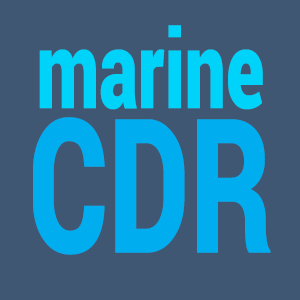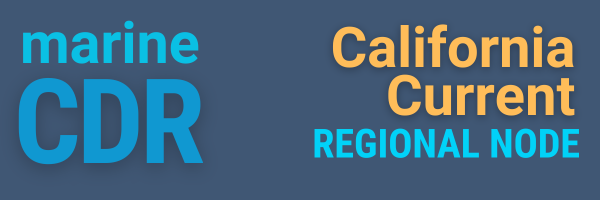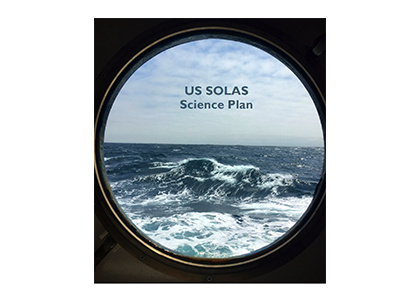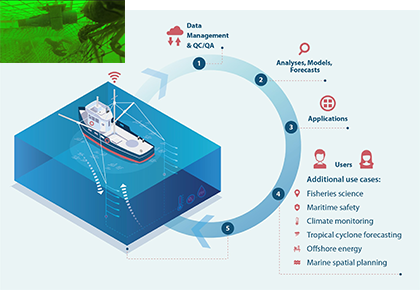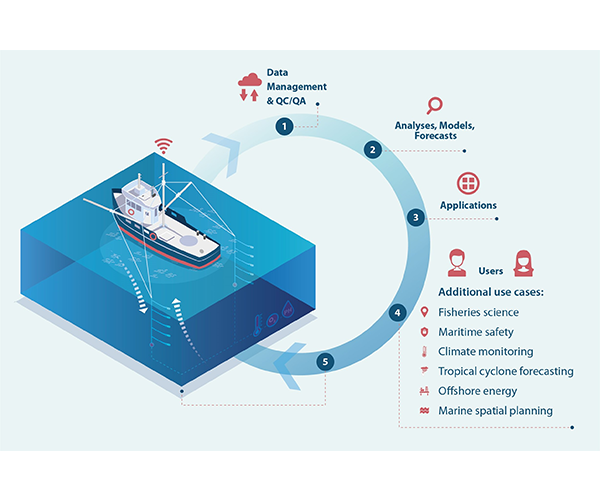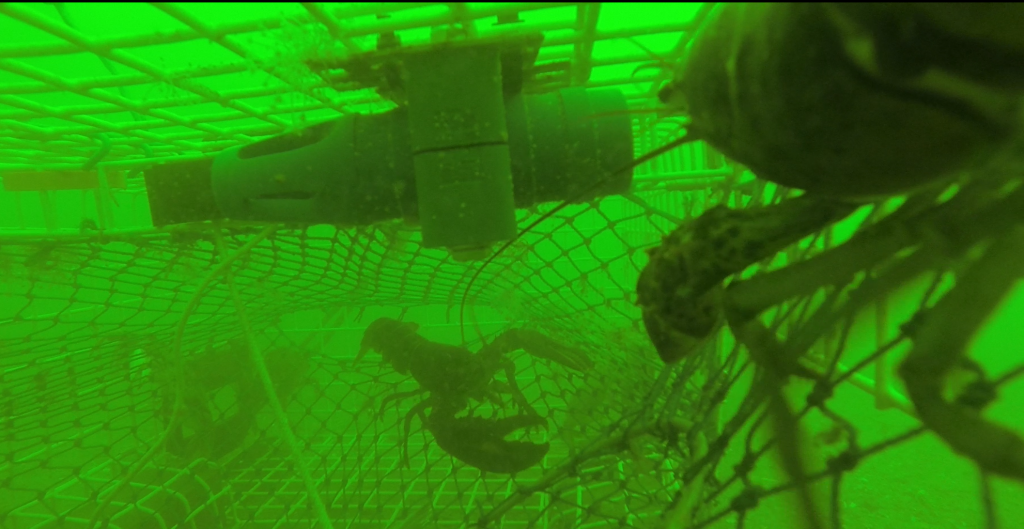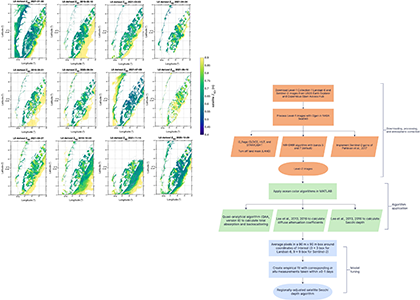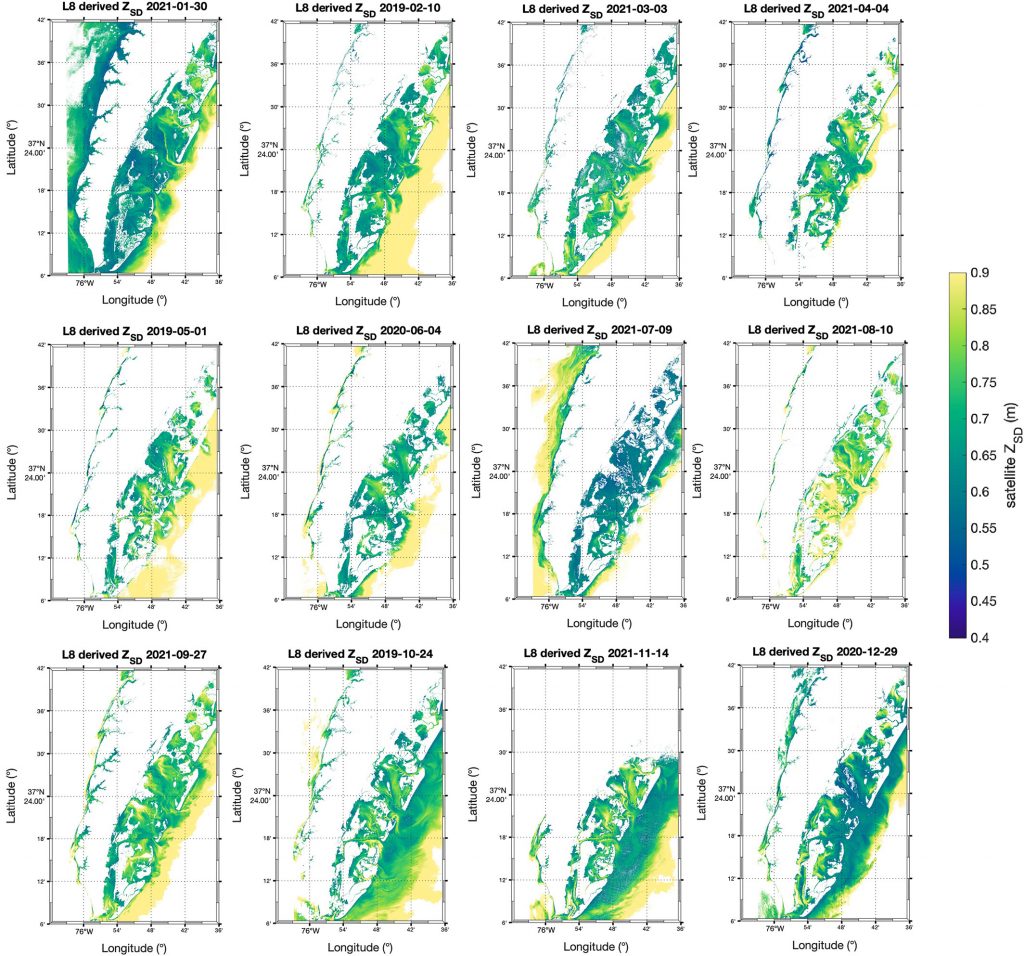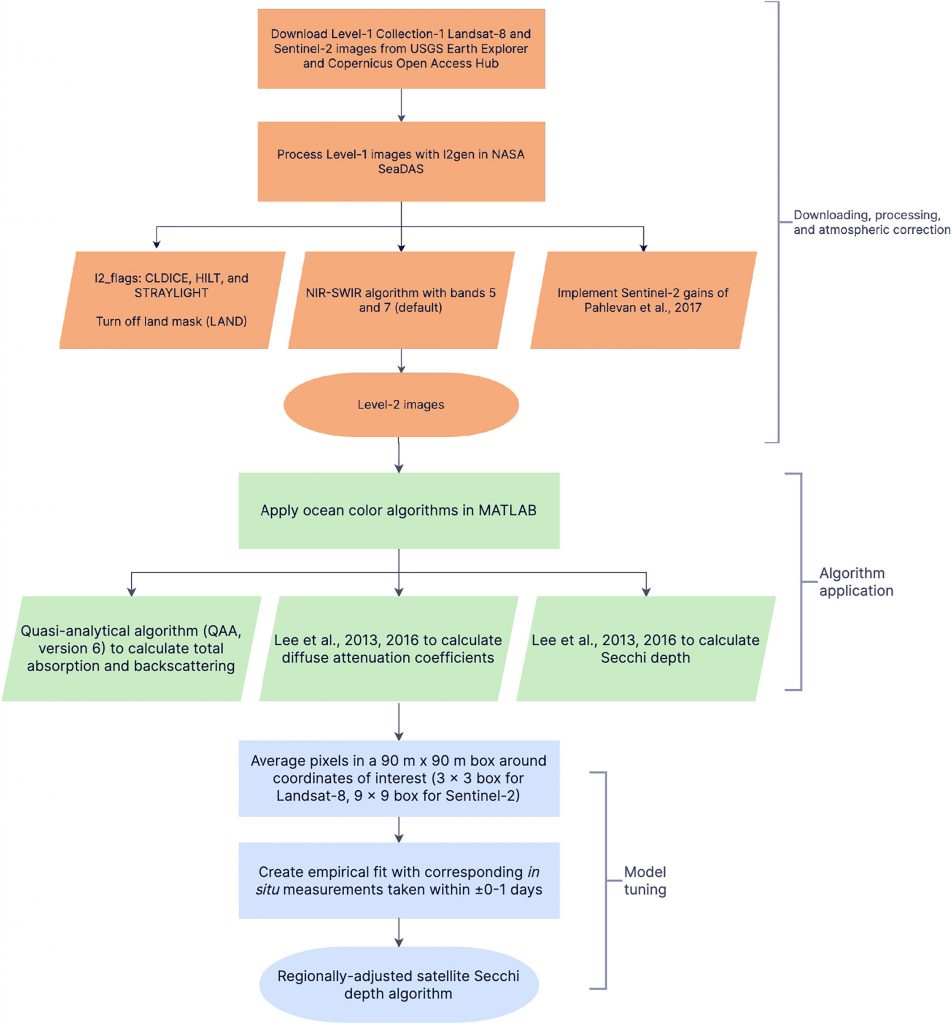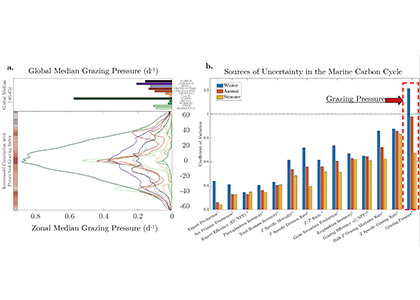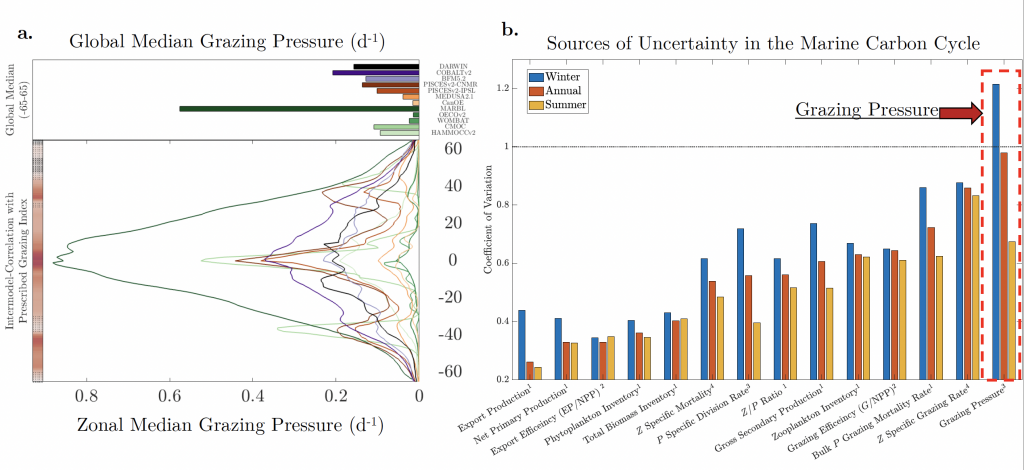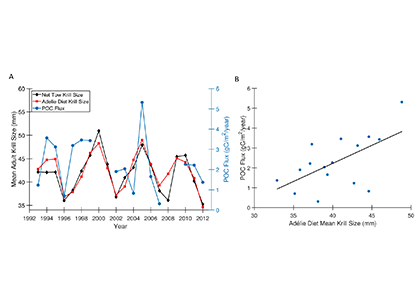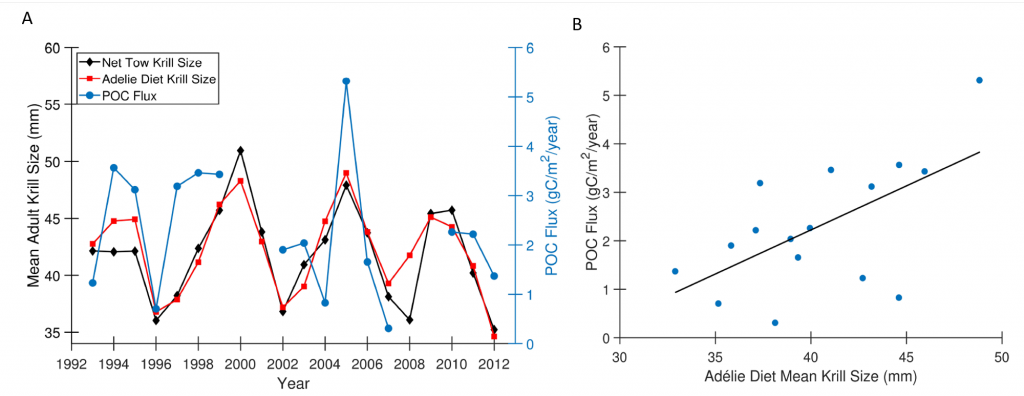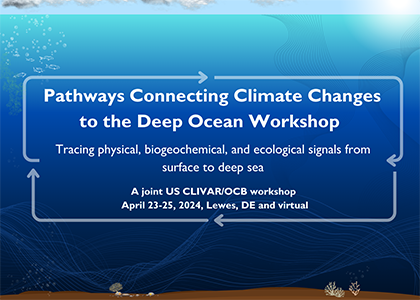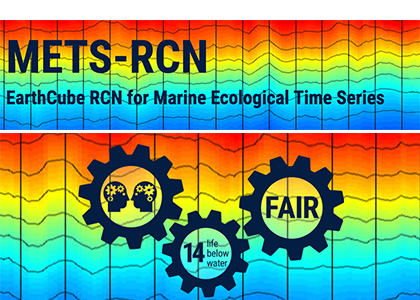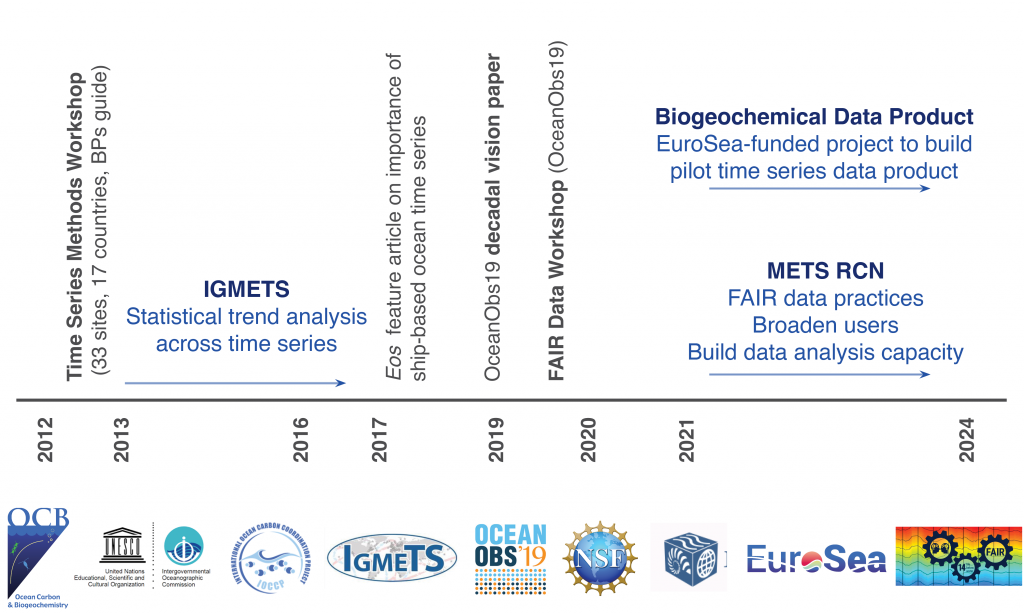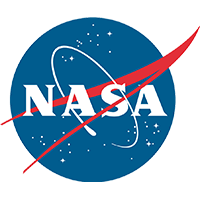OCB Principles of Engagement on mCDR
Given the broad and thriving mCDR landscape, the OCB SSC recently developed a Principles of Engagement document to help guide new research activities, collaborations, and communications around mCDR. Read the document HERE.
Must Read on mCDR
Carbon dioxide removal is an ineffective time machine
Regional Node Updates
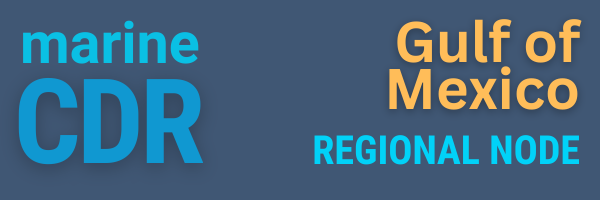
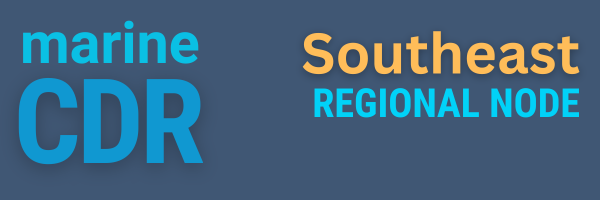
We are currently looking to identify diverse stakeholders in the Southeast who would like to connect with the Southeast regional node – find more information about the node below, and if interested please fill out this interest form and feel free to share widely.
We are currently looking to identify diverse stakeholders in California who would like to connect with the California Current regional node – please fill out this interest form.

